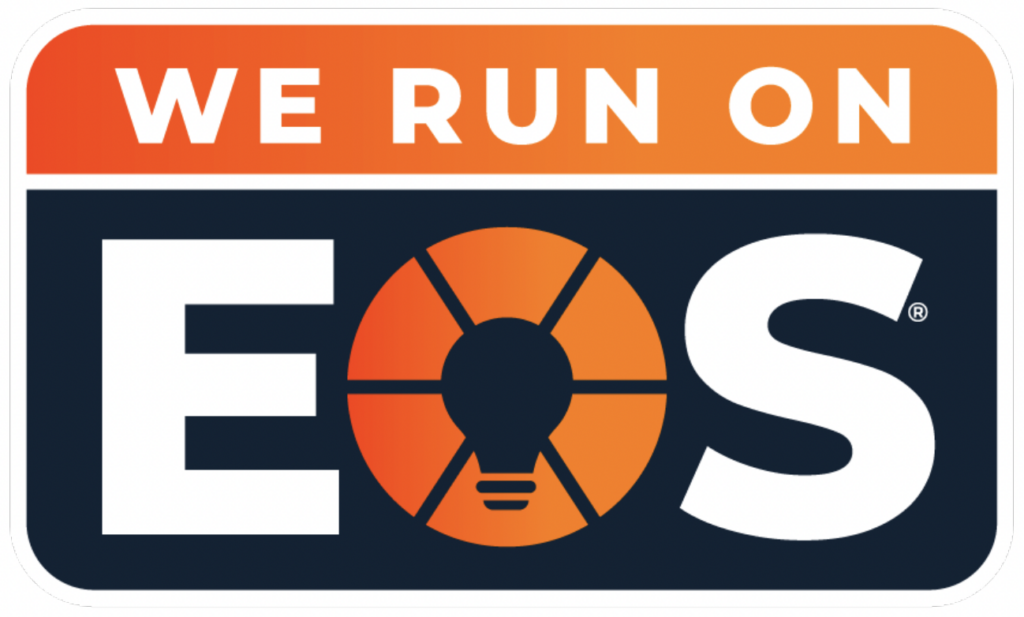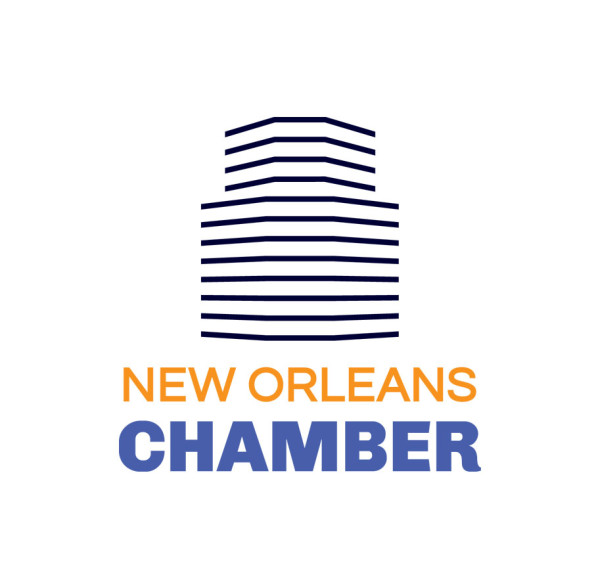Note: This post has been updated based on SBA rules released that exclude 1099 labor from payroll costs.
As details of the CARES Act’s Paycheck Protection Plan (PPP) loans emerge, businesses should get going as soon as possible to get their information together. How much can you borrow? How much should you expect to be forgiven? These are questions that can be mostly answered now; getting a good start at tracking the information can keep people from adding yet another do-it-now item to their existing workload (which is already stressed because of kids at home, offices closed, etc.). Here are a few things to consider as you approach PPP loans.
If you’re in a bad spot, then get going now
The loans are on a “first comes first served” basis, so if you want to make sure that you receive funds as quickly as possible, pull things together for your loan amount calculation and application now. Today. While the government will surely respond with more funding if needed, nobody wants to be dependent on the timeliness of congress for results.
If your goal is 100% forgiveness, then start with your expected forgiveness amount
Your forgivable amount is calculated differently than the amount you’ll be able to borrow. First of all, your maximum allowed borrowing amount – 2.5 times your average monthly payroll – is about eleven weeks of expenses. But your forgiveness amount will be calculated over eight weeks. So payroll isn’t enough to make the entire loan forgivable.
Fortunately, the program allows forgivable spending on items beyond payroll. Those are utilities, rent and mortgage interest. So, you’ll want to add those to your payroll projections when you calculate your expected forgiveness amount.
With that figure in hand, you can now pull together your payroll figures to calculate your maximum loan amount. If your goal is 100% forgiveness, then choose the lesser of those two numbers.
Don’t consider 1099 contractors when calculating your payroll
There is some confusion around the inclusion of 1099 contractors in your payroll calculation. In fact, the original publication of this post included advice for pulling it together. But the SBA released rules overnight stating that they’ll be excluded because they can apply on their own for PPP loans.
Applying is easy, but forgiveness will require healthy documentation
The loan application is basically on the honor system. Lenders are expressly forbidden from considering whether the borrower has the capacity to repay the loan, and the application itself is only two pages. You’re basically certifying that you’re telling the truth. (Our unsolicited advice: do your part and tell the truth. It’s good for loan applications, and everything else in life.)
But on the back end, the lender will be required to validate your forgiveness calculations, which are not as simple as calculating the maximum loan amount. In addition to the calculations made above, you’ll have to compare your average monthly FTEs (full-time equivalents) beforehand to your average monthly FTEs over the course of the covered period. Most firms don’t spend much time calculating FTEs, so be prepared for it to take some effort to pull that information together (hourly employees and contractors will be the hard part). If your FTEs shrank, then your forgiveness amount will be cut by the percentage of reduction.
Next, you’ll have to compare your payroll costs by person, to prove that you didn’t reduce salaries by more than 25%. Any amount cut by more than 25% will also be a penalty.
Pulling all of this together may be tedious, especially the FTE information (think about pulling hours from contractor invoices if they’re not on your payroll system). So be prepared for it to take more effort than pushing a few buttons in your payroll system.
Concluding thoughts: Don’t panic, but get going
The SPA is releasing its final rules, with answers to detailed questions, so now is the time to move on the loan application. The basics of the system have been written into the law, so we know the process and the kind of information that people will need to track.
There are two excellent ways to prepare. First, begin gathering information today. Not only will it help you get going with applying for the best amount – and lenders can process applications starting tomorrow – but it will also give you an idea of what kind of effort it will take to document forgiveness amounts. Finally, consider that your staff is already under unusual circumstances with extra noise invading their professional lives (kids at home, worry over loved ones, perhaps even illness). It may take more time and effort than normal to get things together. Consider bringing on some help if you think it may be thorny. With those ideas in mind, the PPP should be a program that will save businesses and keep people employed at a time when it is a desperate need.







